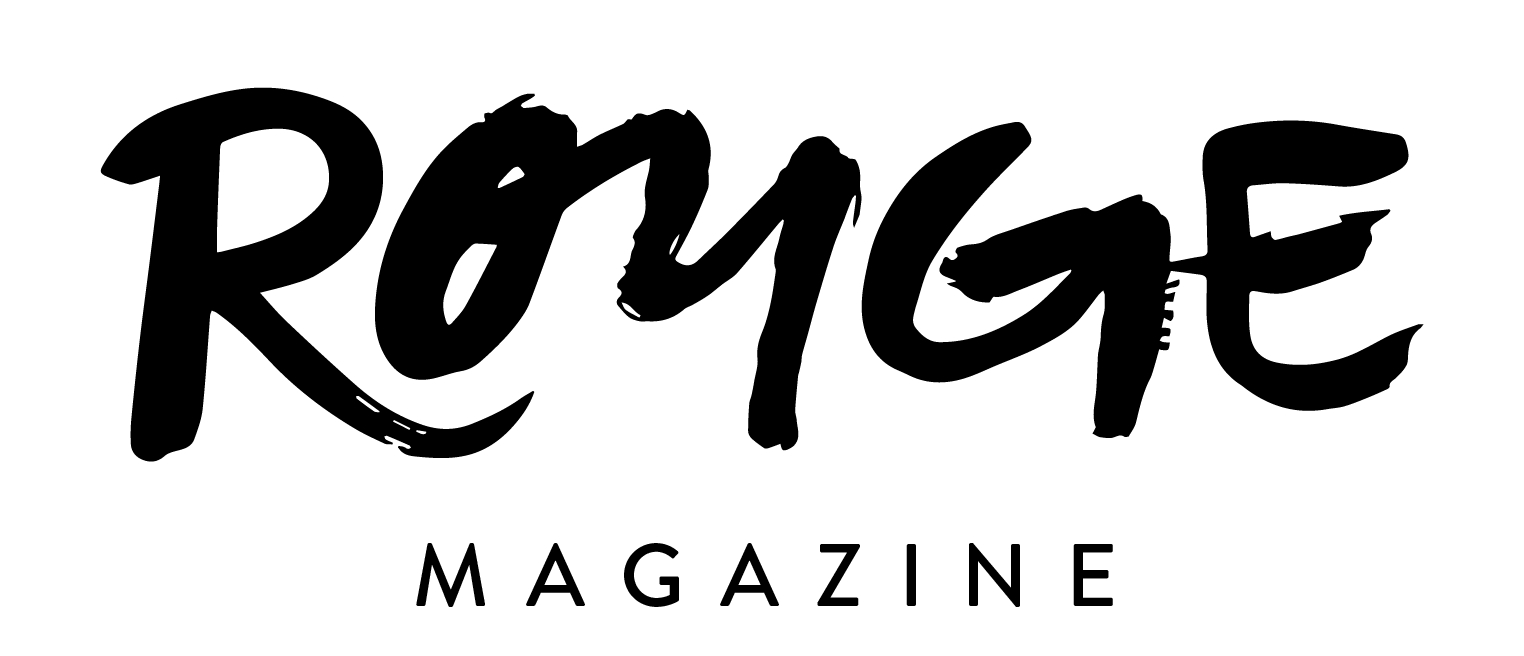Historical Context of Textiles and Fabric
Textiles and fabric have been a daily asset in conveying messages, self-expression, and social status. Used for more than decoration, fabric is able to display societal values and technological advancements. As one of the oldest forms of human expression, textiles communicate identity, functionality, and culture.
Dating back to ancient civilizations, some of the first woven fabrics carried symbolic and social significance, representing ideas such as purity and royalty. Expensive and labor-extensive fabrics such as silk could bring enough significance to become a form of currency, or sway trading agreements. Alongside that, there are instances of patterns holding spiritual connotations. Geometric and representational motifs were often used to signify social status is Indigenous communities. Oftentimes, color and pattern frequently express values of the individual. While trends evolve, the core principle remains the same: patterns are tools of expression, offering insight into the zeitgeist.
The Elements of Textile Design
Divided into three main categories, textile design employs a variety of techniques. Woven, printed, and mixed media are the typical classifications, each involving fundamental design principles: balance, repetition, color, and contrast.
Woven: rather than an addition later and on top of the textile, woven patterns include embedded designs that are built into the structure. Warp and weft threads are interlaced strategically depending on their varying color to create a narrative. Classic examples of this are: tapestry, ikat, and brocade.
Printed: placed on top of the textile, dyes are pigments are added to create different designs. There are varying popular techniques- digital printing, block printing, and screen printing. There lies no limit in the motifs, it can range from a dainty floral idea, to a rigid geometric pattern. Advances in this aspect have provided a flexible range for designers to create unique pieces.
Mixed Media: rather than the traditional ways mentioned above, experimental practices are more popular here. A wide array of materials and techniques are able to collaborate to create an eccentric piece. Oftentimes used in contemporary and bespoke fashion, embroidery, quilting, felting, and appliqué are additions to bring added life to otherwise plain pieces.
The Influence of Technology
Thanks to modern technology, textile design has been revolutionized. Innovations like digital printing allows for creators to compose hyper-detailed, photo-realistic patterns. Though they still take hard work and creativity, they are more readily attainable now. Adobe Illustrator, CAD programs, Photoshop, and many other platforms enable artists to expand their work while also minimizing waste by allowing creators to work digitally.
There are also fabrics that incorporate interactive technology- smart textiles. Brilliant concepts such as temperature-regulating fibers, movement responsive textiles, and LED-embedded fabrics all are now able find their place. The functionality of garments is now able to expand further than fashion and decor; influence in medicine, sports, and wearable technology are in the present.
The Role of Textile Design in Everyday Life
Textile design is something we use and touch everyday, though often overlooked- it goes further than the blankets we were wrapped in as children and the clothes we put on to get ready for work. Color and pattern in our environments are able to influence our moods and behavior. The white, angelic gown for weddings, traditional black funeral attire, blue hospital gowns—each carries symbolic weight. Brands even have signature colors to help the consumer recognize them- ex: Tiffany blue.
Fabric and textile design are dynamic fusions of tradition and innovation, art and utility, culture and commerce. They tell stories—both personal and collective—through thread, color, and form. As the world becomes more interconnected and sustainability more urgent, the textile industry faces both challenges and opportunities. Through its endless possibilities, fabric design continues to weave together the past and the future—one pattern at a time.
References:
All About Textiles | Index. (n.d.). Akaspar.pages.cba.mit.edu. https://akaspar.pages.cba.mit.edu/textiles-recitation/background.html
History of Textiles. (2024, August 13). Acme Mills. https://acmemills.com/industry-news-blog/history-of-textiles/
Graphic by Kayla Pyrtle
